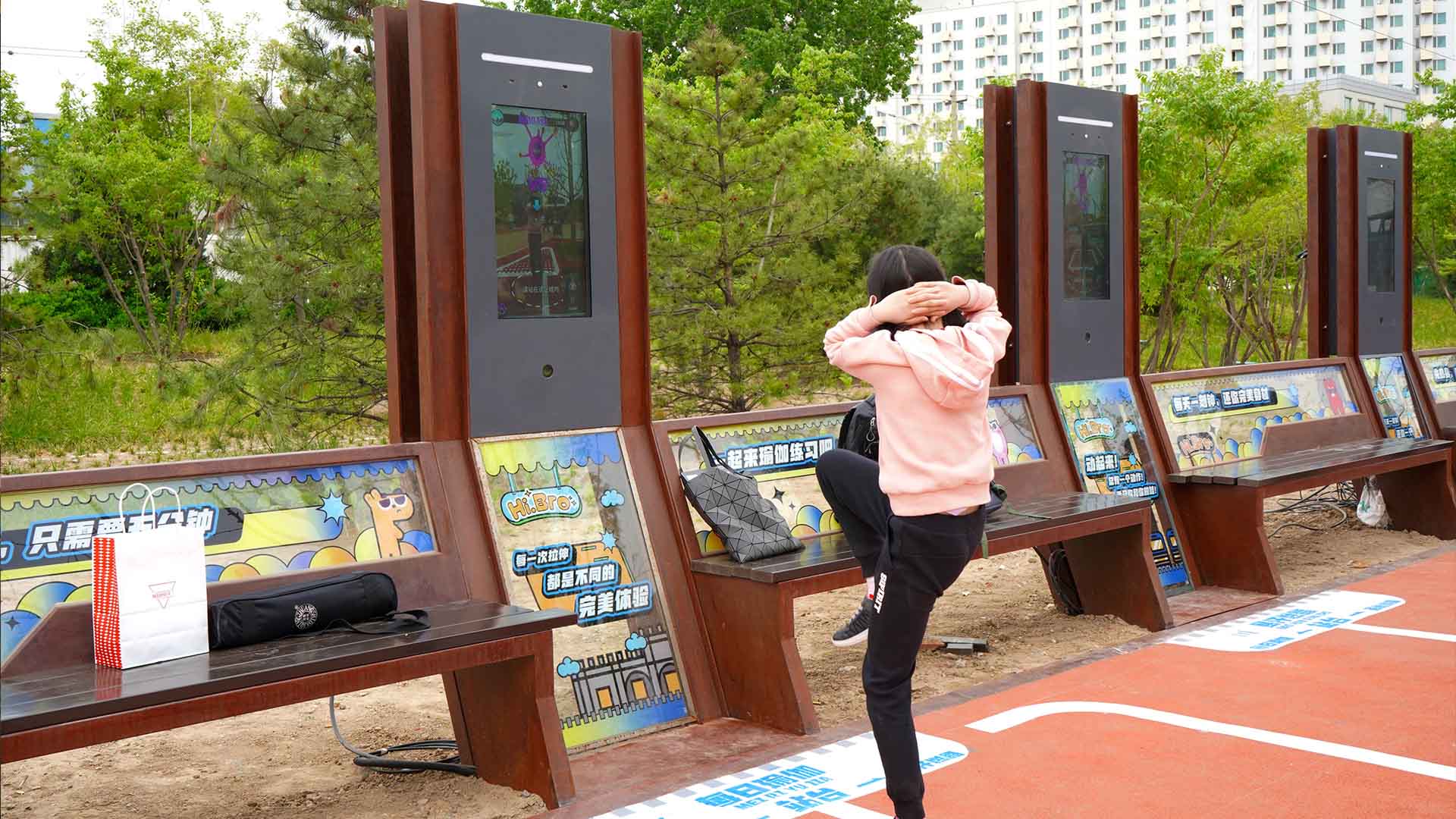
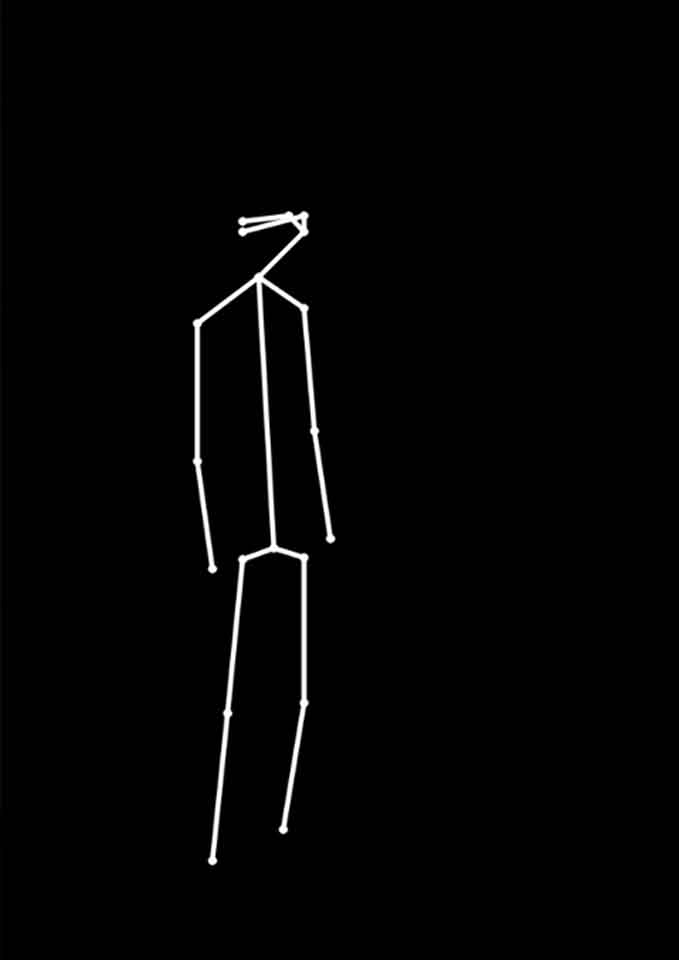
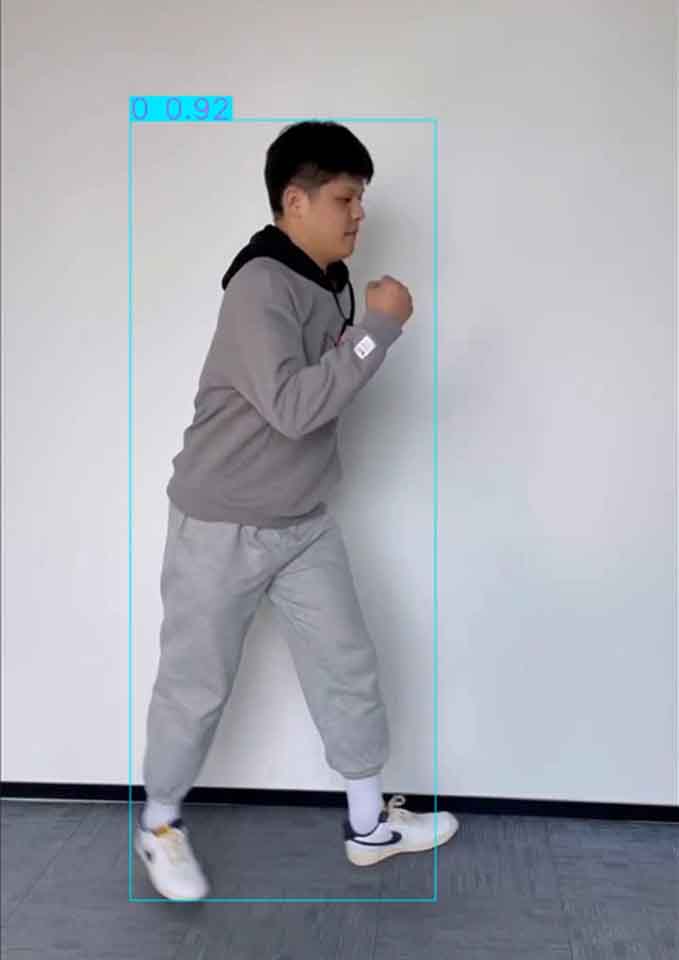
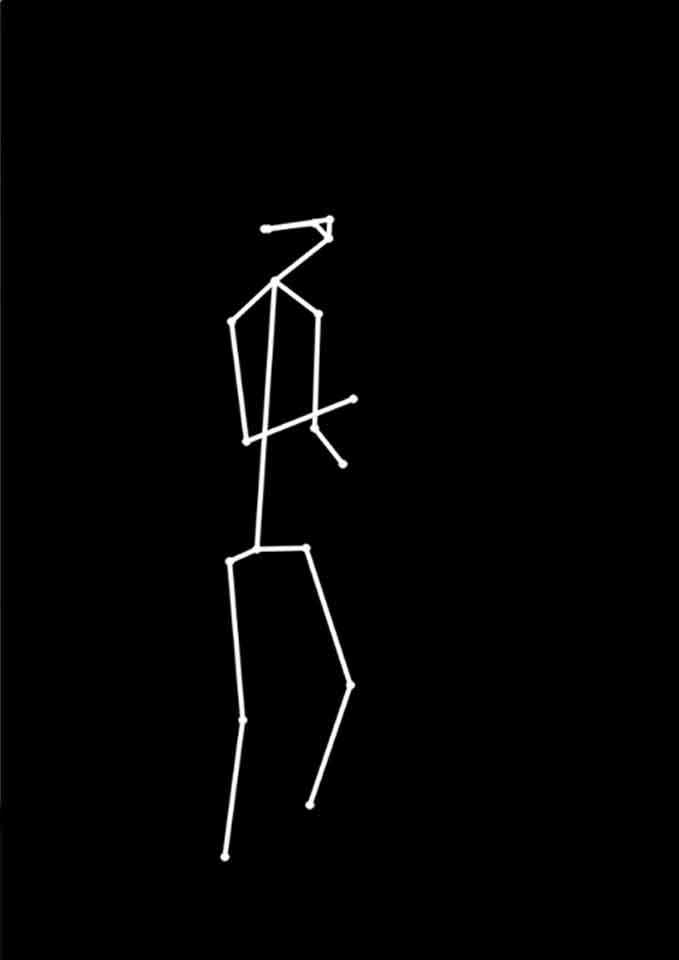
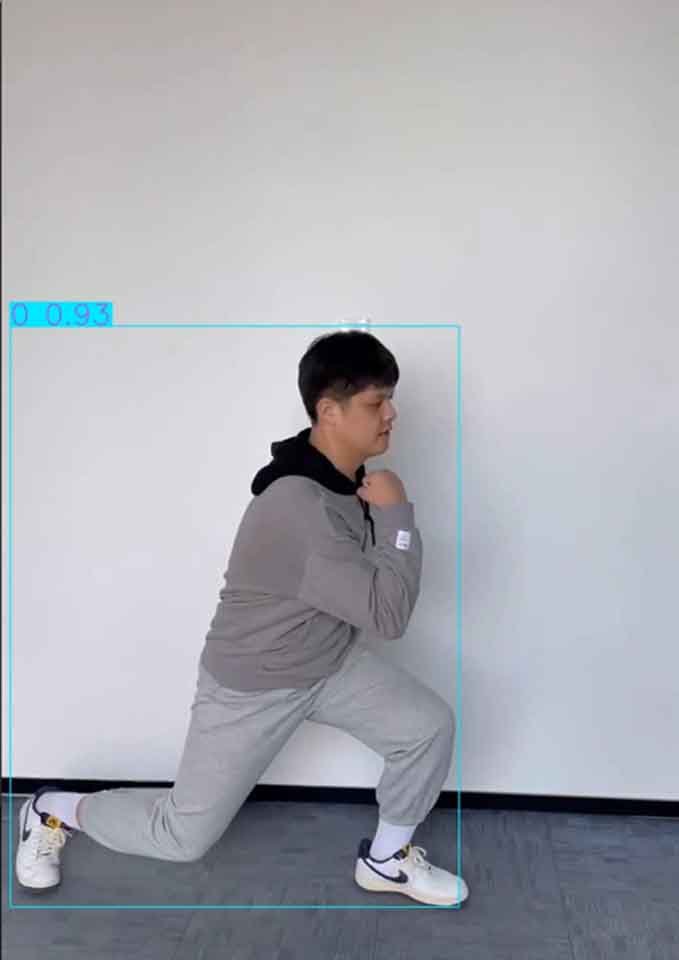
AI-based Sports Trainer
This project aims to create an AI-driven sports trainer, focusing on real-time pose estimation. We began by collecting a diverse array of 17 athletic movements, such as jumps and leg lifts. I participated in the dataset establishment phase, and I specifically programmed the evaluation for three distinct movements. Utilizing advanced computer vision techniques, our system compared each user's movements against established standards, providing instant feedback in the form of scores and corrective suggestions.
Dataset Establishment Evaluation DevelopmentDataset Establishment
- Date: 2022 OCT
- Type: Dataset Establishment
- Role: Researcher
- SoftWare: DarkLabel
- Description: In the initial phase of the sports trainer project, we focused on datased establishment by collecting various instances from different angles for each fitness pose,to ensure accurate movement evaluation.
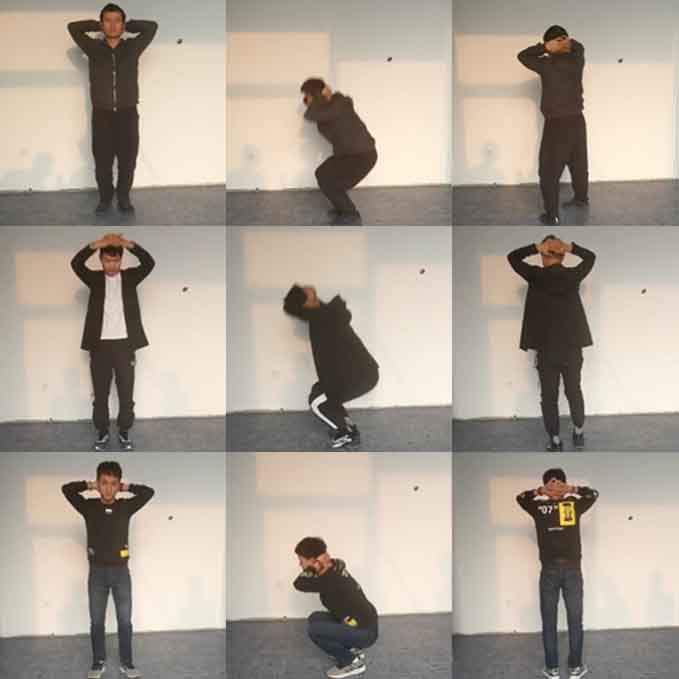
Dataset Establishment
The foundational step of our AI sports trainer involved establishing a robust dataset for the fitness evaluation algorithm. To get a precise comparison between various users' movements and standard fitness poses, a diverse dataset was essential. We embarked on gathering varied representations of the same fitness poses, excecuted by different individuals across multiple angles. This meticulous collection process resulted in 17 comprehensive sets of movements, laying the groundwork for the following training and programming.
Evaluation Development
- Date: 2022 NOV-MAR
- Type: Algorithm Development
- Role: Algorithm Engineer
- SoftWare: Pycharm
- Invention Patent No: CN115223240A
- Description: The key question is identifying the specific pose that user is performing while evaluating the pose with relavent criteria. To solve this problem, our algorithm utilizes dynamic time warping to efficiently identiy, count and analyze sports movements in real-time, focusing on the accuracy in movement recognition.

Technical Strategies
Facing the challenge of identifying specific poses from pose estimation data, our solution applies dynamic time warping for real-time motion analysis. This method starts by getting video frames of human movements, where each frame provides spatial locations for various body joints. By arranging the movement posture vectors from video frames into a motion posture matrix, we use dynamic time warping, coupled with a predefined set of action rules, to analyze and count specific movements.
